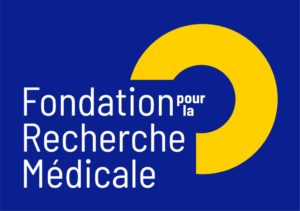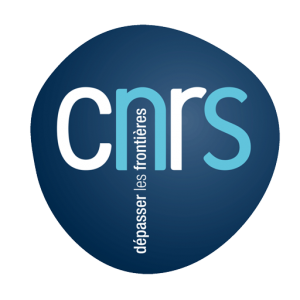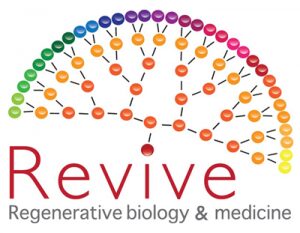About
The advent of protocols allowing generation of induced pluripotent stem cells has revealed that genes turned off during cell differentiation are stably but not definitively repressed, and that the “silencing” machineries involved in this repression share mechanisms and properties with the more transient repression detected at inducible promoters.
H3K9 trimethylation (H3K9me3) are among the histone marks that function in both stable “silencing” of repeat rich regions and transient repression of euchromatic genes. Consistent with this, HP1 proteins that bind this histone modification are enriched at interspersed repeats, while they also function as very general regulators of inducible genes involved in development, cell differentiation, cell cycle, and immune response.
Consistent with the role of HP1 proteins in the transcriptional control of both inducible genes and repeated DNA sequences, we have shown that in patients with Multiple Sclerosis a defect in HP1-mediated silencing causes reactivation of both pro-inflammatory cytokines and human endogenous retroviruses (HERVs). In a subset of the patients, this reactivation is correlated with increased activity of the peptidyl arginine deiminase PADI4 that interferes with the binding of HP1 proteins to H3K9me3 by converting the neighbouring arginine 8 into a citrulline.
Currently, we are further exploring anomalies in the chromatin structure of patients with Multiple Sclerosis with a special interest for the impact of transcripts encoded by interspersed DNA repeats. We are also investigating additional mechanisms regulating the interaction of HP1 proteins with chromatin. In this context, we find that increased activity of the DYRK1A kinase causes decreased HP1-mediated repression of cytokine genes in Down’s syndrome associated megakaryoblastic leukemia.
Finally, we are screening for small molecules allowing for a chemical control of HP1-mediated silencing, with a special interest for molecules able to facilitate induction of pluripotent stem cells.


